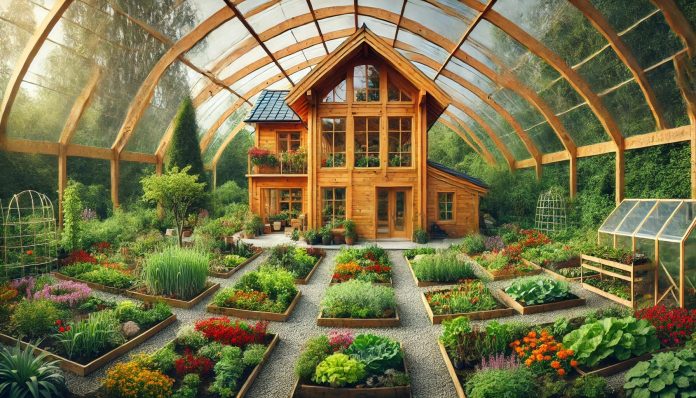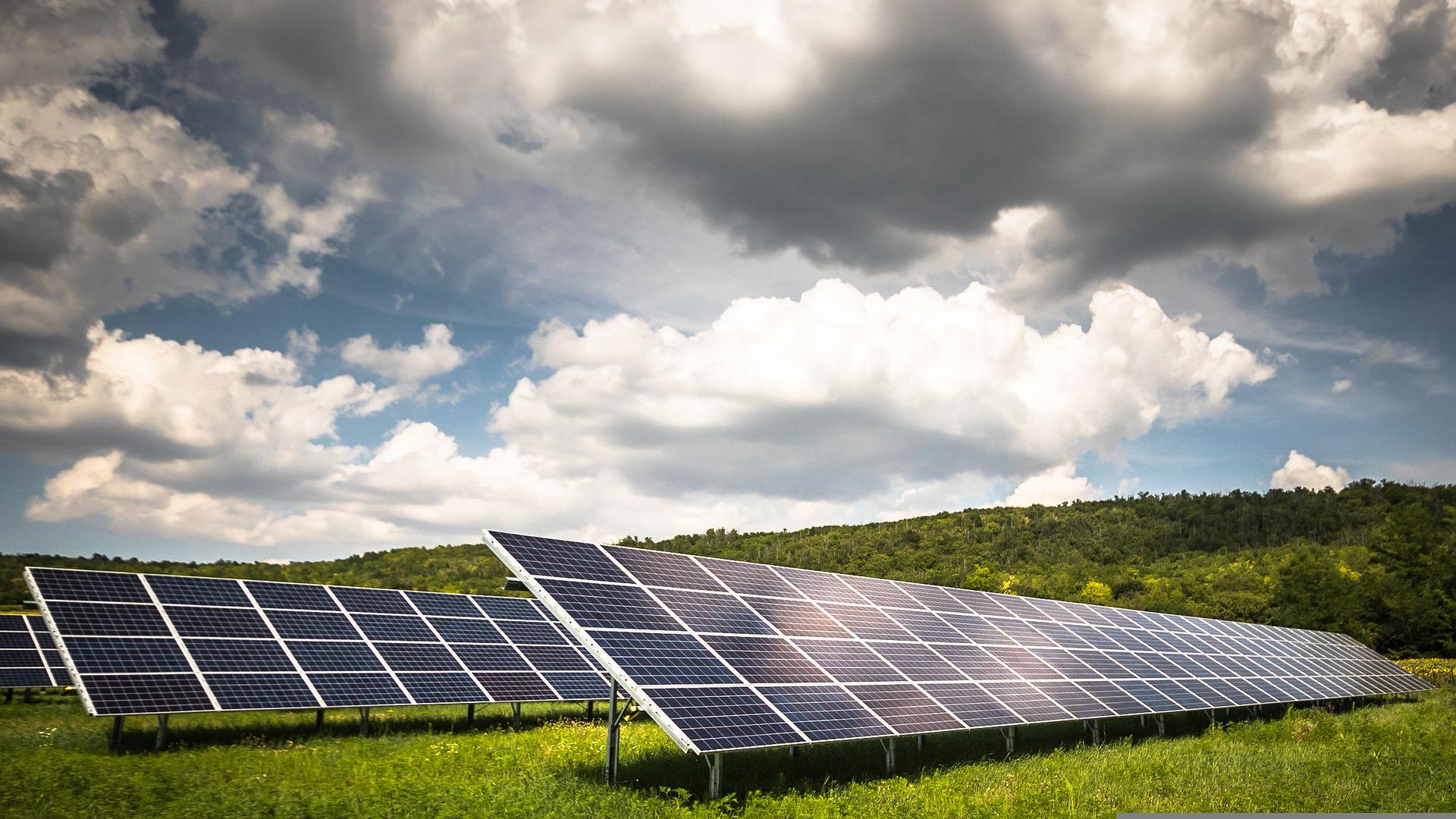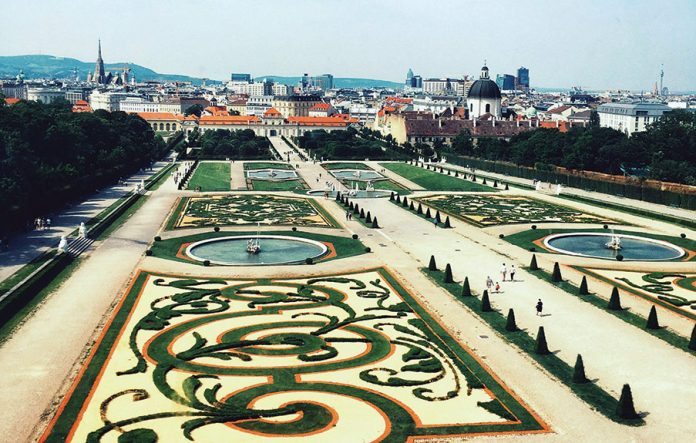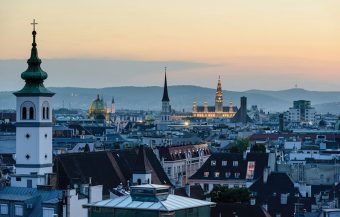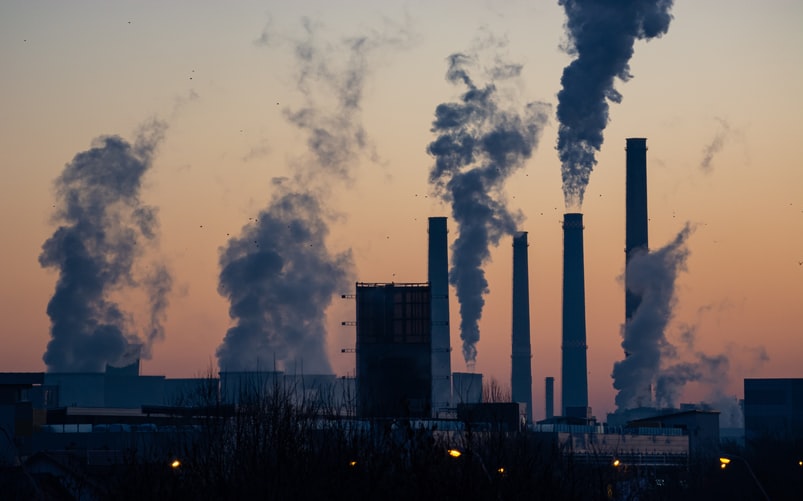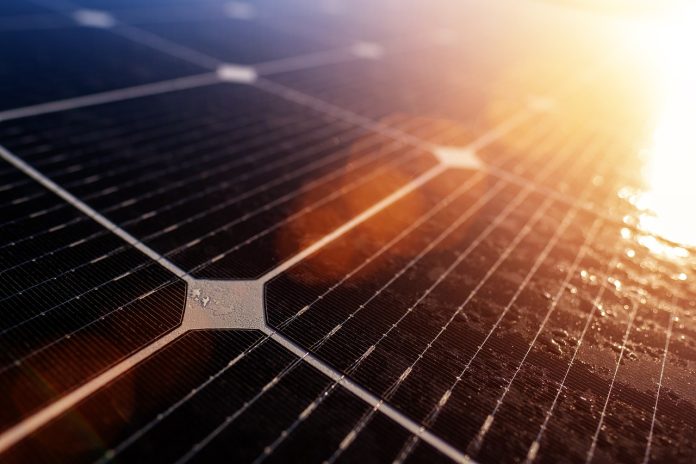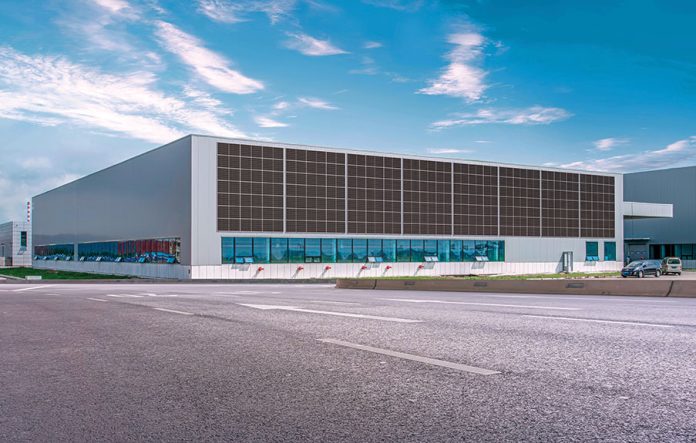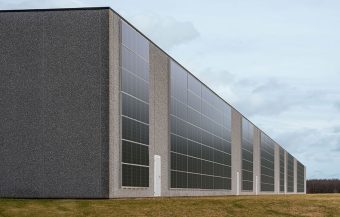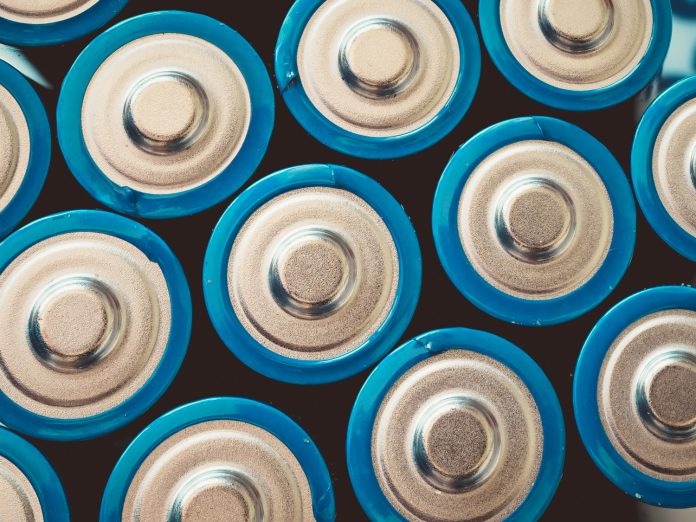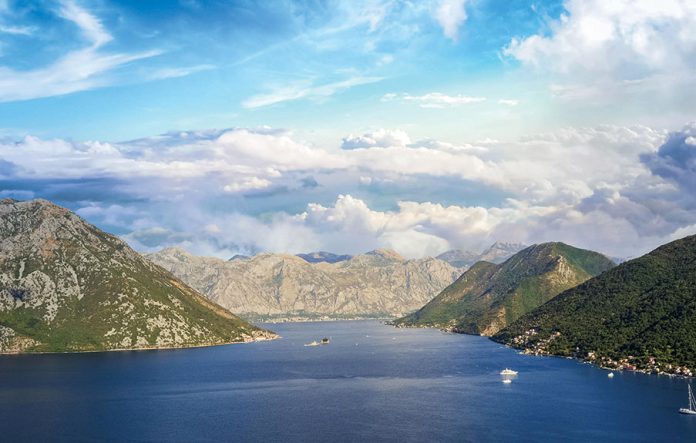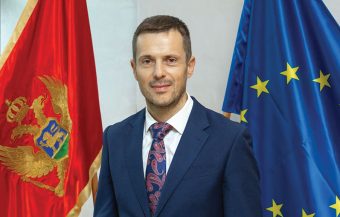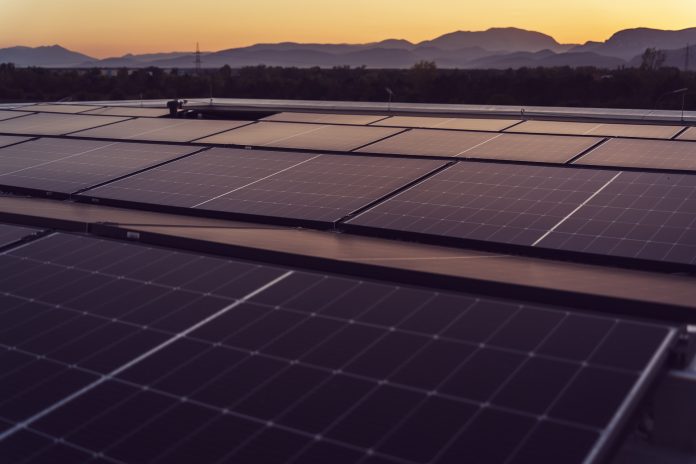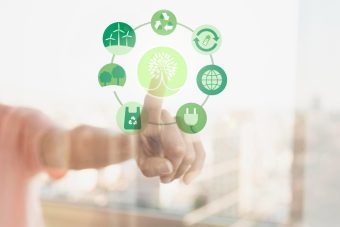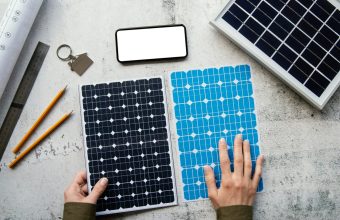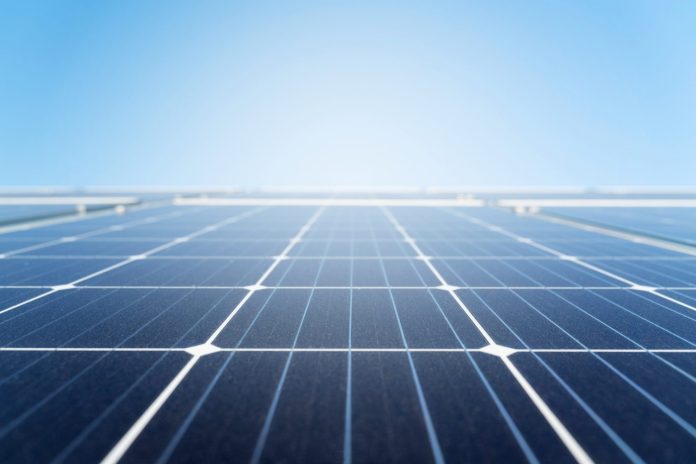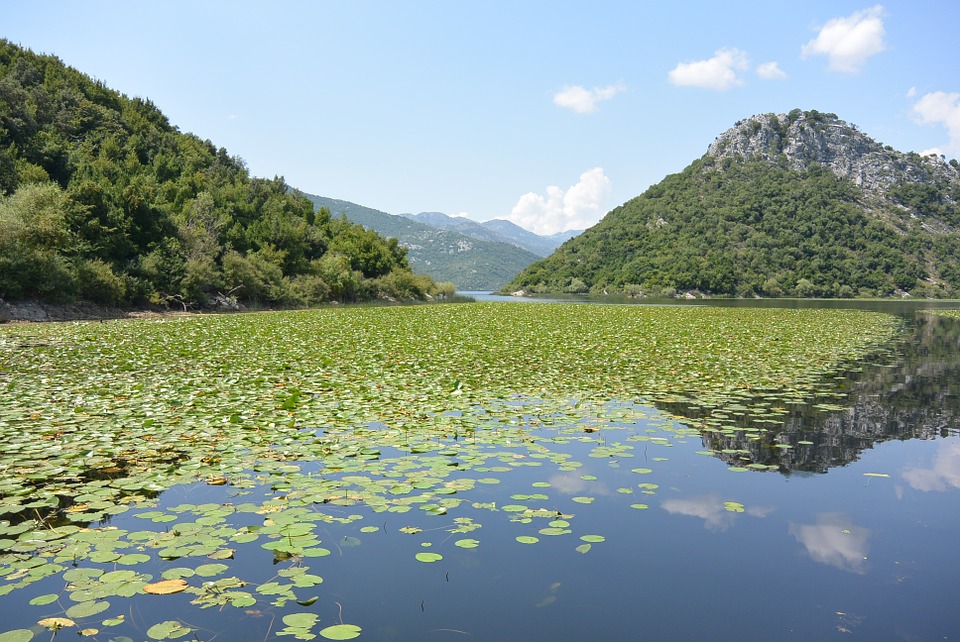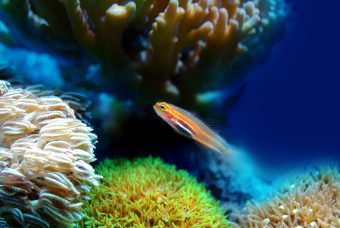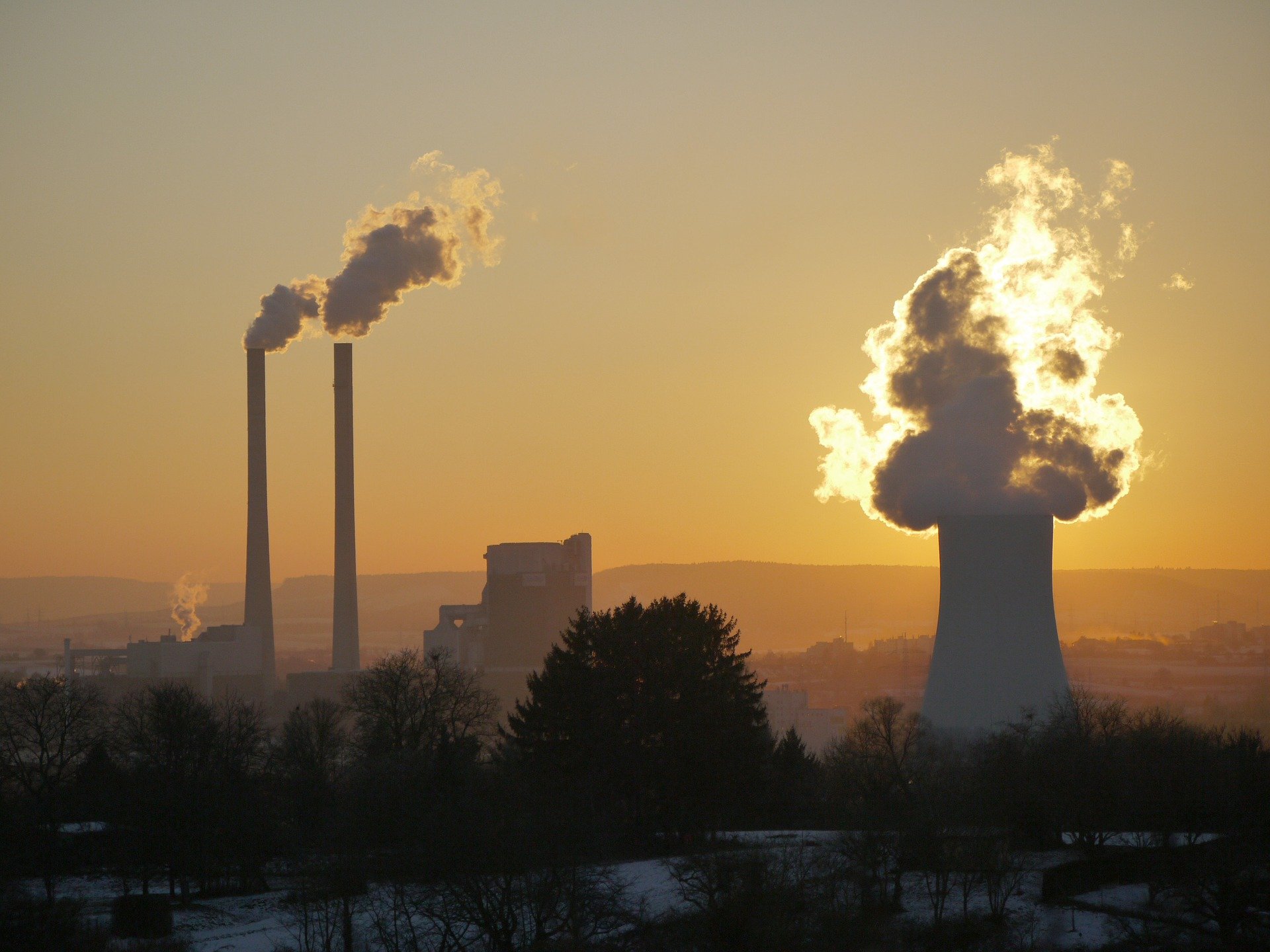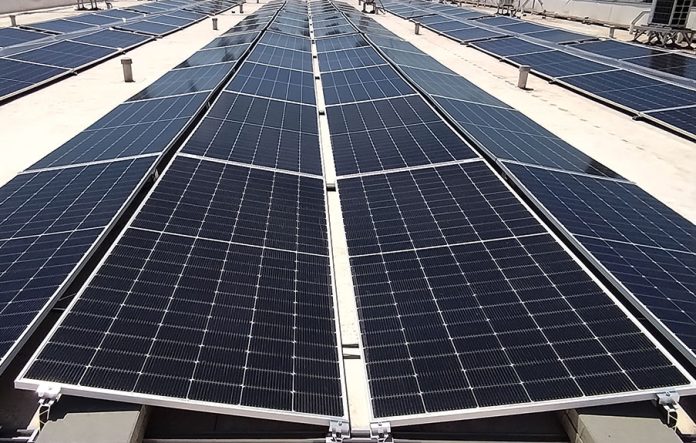Morning in a house nestled in the heart of the forest. Waking up to sun rays breaking through the tree canopy, with fresh air filled with the scents and sounds of forest biodiversity. While nature offers its unique charm, it’s essential to remember that the air temperature in such areas is colder, especially during harsh winters.
Now imagine that glass walls surround your house, isolating you from the cold and potential dangers that the forest may bring, yet allowing you to be surrounded by nature and all the benefits it provides.
One family in Sweden decided on precisely this concept—a home built within a greenhouse. Beyond its intriguing architectural appeal, this structure offers numerous advantages. Known as Naturhus, this concept could be described as a blend of art, enjoyment, practicality, and ecology. It’s designed to provide a luxurious lifestyle with minimal energy consumption, all while creating a sustainable ecosystem.
What are the benefits of Naturhus?

In a world facing climate change, energy efficiency has become one of the most pressing issues. Thanks to the greenhouse surrounding the house, heat retention is more efficient, with reports suggesting that energy consumption for heating can be reduced by up to 30 percent. New technologies allow for standard solar panels on the greenhouse roof, and innovations have introduced solar windows, solar blinds, and other options. This setup further enhances energy efficiency and reduces emissions. Automated ventilation systems are also built into the greenhouse, regulating temperature and humidity within the space.
When it comes to water, several sustainable options stand out. Rainwater is collected from the greenhouse roof and stored in underground tanks. This collected water is used for plant irrigation, providing the necessary moisture. Additionally, the need for synthetic fertilizers is reduced, as plants obtain nutrients from wastewater. Rainwater can also be used for toilet flushing.
The conditions within this greenhouse, similar to those in agricultural greenhouses, create favorable settings for growing fruits and vegetables. Beyond these benefits, Naturhus contributes to biodiversity by creating a micro-ecosystem that attracts beneficial insects like bees. This design helps plants better withstand extreme weather conditions, such as droughts or floods.
These listed benefits are just a few of the many possibilities that the Naturhus concept offers. While most of us may never have the chance to afford such a home, it serves as inspiration to think about how we can make our spaces more sustainable.


